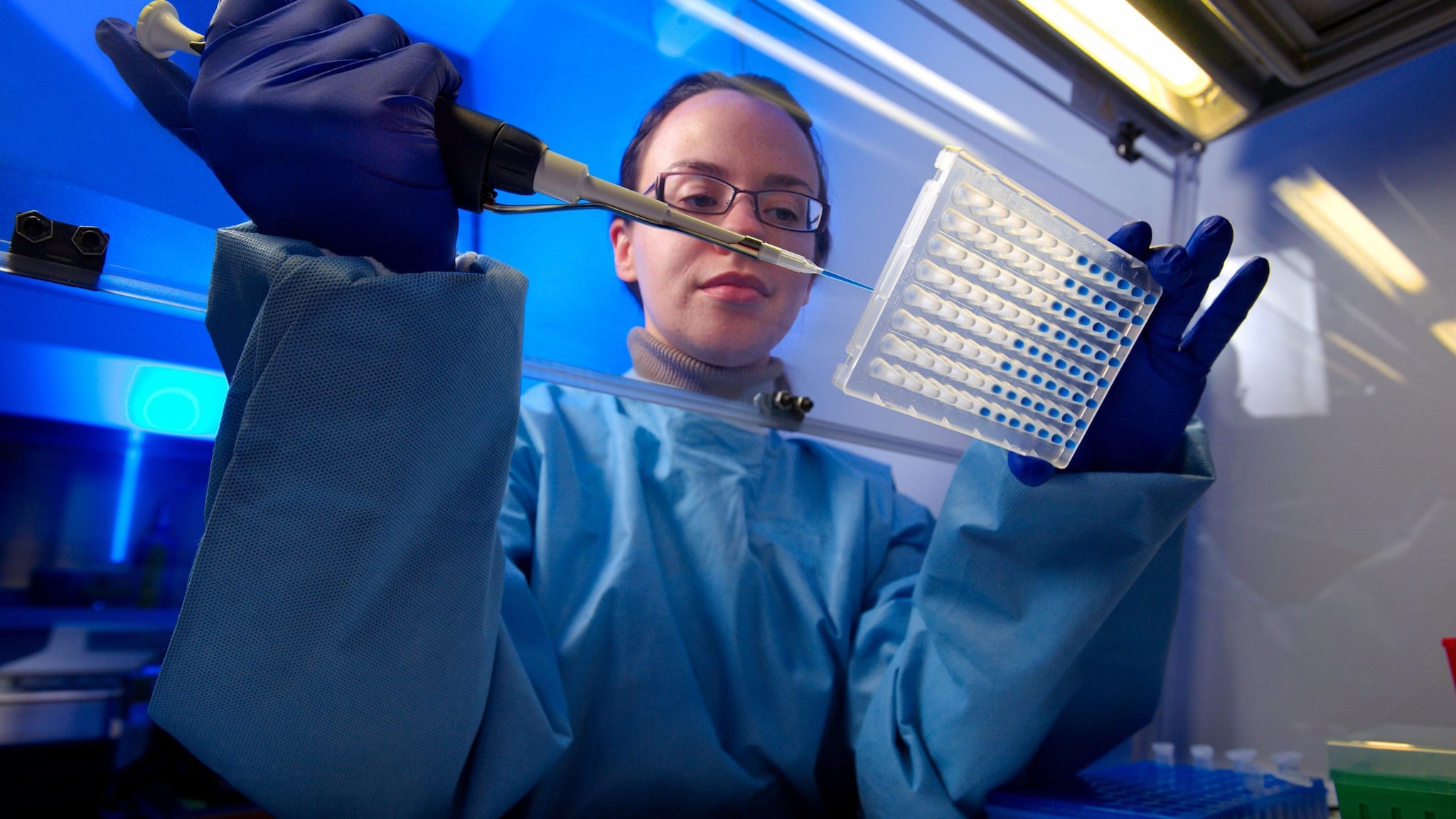Key points
- Serologic testing is the primary method for diagnosing eastern equine encephalitis.
- A positive eastern equine encephalitis virus-specific immunoglobulin (Ig) M test result should be confirmed by neutralizing antibody testing at a state public health laboratory or CDC.
- Contact your state or local health department for assistance with diagnostic testing.

Considerations
Serologic testing remains the primary method for diagnosing eastern equine encephalitis. However, molecular testing (e.g., reverse transcription-polymerase chain reaction, RT-PCR) might be appropriate for patients who are immunocompromised.
Eastern equine encephalitis virus is difficult to isolate from clinical samples; almost all isolates (and RT-PCR positive samples) have come from brain tissue or cerebral spinal fluid (CSF).
Eastern equine encephalitis is a nationally notifiable condition. All cases should be reported to state or local public health authorities. Reporting can assist local, state, and national authorities in recognizing outbreaks of this rare disease and instituting control measures to prevent further infections.
Recommended tests
Combined with a consistent clinical presentation in an endemic area, a rapid and accurate diagnosis of eastern equine encephalitis can be made by the detection of eastern equine encephalitis virus-specific IgM antibodies in serum or CSF.
- Eastern equine encephalitis virus IgM testing is available commercially, at some state health departments, and at CDC.
- A positive eastern equine encephalitis virus IgM test result should be confirmed by neutralizing antibody testing at a state public health laboratory or CDC.
- Some patients who are severely immunocompromised might require molecular (e.g., RT-PCR) testing for diagnosis.
To submit specimens for testing, please contact your state or local health department. They can assist you with determining if samples should be sent to the CDC Arbovirus Diagnostic Laboratory for further testing. Specimens should be submitted to CDC through state health departments. All results will be sent from CDC to the appropriate state health department.
